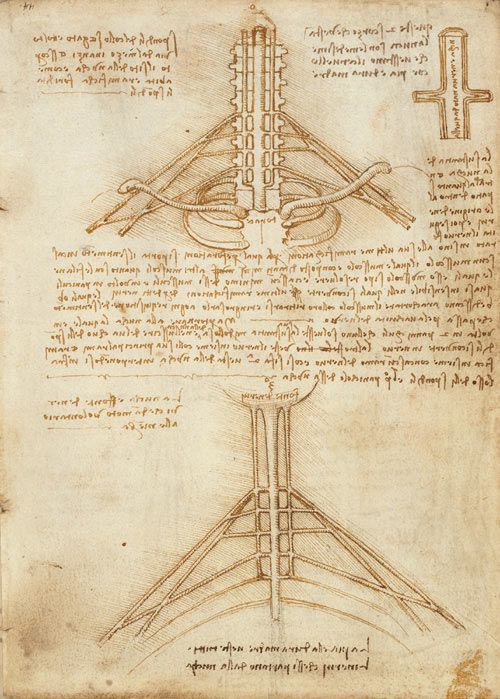 - Work Up for Brachial Plexus Injuries
- Work Up for Brachial Plexus Injuries
- Brachial Neuritis:
- Erb's Palsy
- Leffert Classification of Brachial Plexus Injuries;
- Lower Root Injury: (Klumpke)
- Obstetrical Paralysis:
- Parsonage-Turner Syndrome:
- Traumatic Brachial Plexus Palsy in Children
- Stinger / Upper Trunk Injuries
- Work Up for Brachial Plexus Injuries:
- Anatomy:

- roots:
- C5, C6, C7, C8, T1;
- nerves originating off of roots:
- suprascapular nerve: arises at the merger between the C5 and C6 roots (marking Erb’s point);
- dorsal scapular nerve
- phrenic (C3,C4, C5) (look for elevated hemidiaphram);
- long thoracic nerve
- lower root injury
- trunks:
- upper trunk injuries (C5 & C6):
- gives off suprascapular nerve;
- middle trunk: C7;
- lower trunk: C8 & T1;
- cords:
- lateral cord: anterior divisions of the upper and middle trunk merge to form the lateral cord;
- medial cord: anterior division from the lower trunk forms the medial cord
- posterior cord: posterior divisions merge to become the posterior cord;
- references: Surgical Anatomy of the Supraclavicular Brachial Plexus
- Anatomy of Brachial Plexus Injury:
- injury to the brachial plexus above clavicle usually involves roots & trunks;
- root level avulsions involve both anterior (plexus) and posterior (dorsal sensory) regions, where as plexus injuries spare posterior areas;
- preganglionic injury:
- lesions of C5 / C6 may be caused by widening of head-shoulder interval;
- with brachial plexus injuries, prognosis is guarded but is better w/ C5, C6 injuries;
- when this injury occurs during birth, it produces Erb's Palsy:
- injured nerves include: axillary, musculocutaneous, and suprascapular;
- Treatment:
- initial treatment:
- avoid a sling because of the propensity to acquire a fixed internally rotated and flexed shoulder, and will have stiff elbow;
- keep C-collar on and look for associated C spine fractures
- in children and adults, if biceps function has not return after 3 mo then consider operation;
- work up for brachial plexus injuries
- shoulder in brachial plexus injuries:
- steindler flexorplasty:
- tendon transfers in the upper extremity
- references:
- Modification of the L'Episcopo procedure for brachial plexus birth palsies.
- Elbow flexorplasty : a comparison between latissimus dorsi transfer and Steindler flexorplasty.
- Long-term results of the Steindler flexorplasty.
- outcomes:
- Stewart MPM, et al (2001), the authors studied a consecutive series of 58 patients with
penetrating missile injuries of the brachial plexus to establish the indications
for exploration and review the results of operation;
- at a mean of 17 weeks after the initial injury, 51 patients were operated on for known or suspected vascular injury (16), severe persistent pain (35)
or complete loss of function in the distribution of one or more elements of the brachial plexus (51);
- repair of the nerve and vascular lesions abolished, or significantly relieved, severe pain in 33 patients (94%);
- of the 36 patients who underwent nerve graft of one or more elements of the plexus, good or useful results were obtained in 26 (72%);
- poor results were observed after repairs of the medial cord and ulnar nerve, and in patients with associated injury of the spinal cord;
- neurolysis of lesions in continuity produced good or useful results in 21 of 23 patients (91%);
- primary intervention is mandatory when there is evidence of a vascular lesion;
- secondary intervention is indicated in patients with debilitating pain, failure to progress and progression of the lesion while under observation;
- with nerve repair better results were seen in the roots C5, C6 and C7 and of the lateral and posterior cords, but the prognosis for complete
lesions of the plexus associated with damage to the cervical spinal cord is particularly poor;
- ref: Penetrating missile injuries of the brachial plexus.
Brachial Plexus Injury and Repair--Symposium: The Classic: Brachial Plexus Paralysis.
Occurrence and treatment of pain after brachial plexus injury.
Neurotization in brachial plexus injuries. Indication and results.
Brachial Plexus Injury and Repair--Symposium: Repair of Severe Traction Lesions of the Brachial Plexus.
Brachial Plexus Injury and Repair--Symposium: Brachial Plexus Injuries: Nerve Grafting.
Brachial Plexus Injury and Repair--Symposium: Experience With the Free Vascularized Ulnar Nerve Graft in Repair of Supraclavicular Lesions of the Brachial Plexus.
Traumatic brachial plexus palsy in the adult. Retro- and infraclavicular lesions.
Brachial Plexus Injury and Repair--Symposium: Nerve Repairs for Traumatic Brachial Plexus Palsy With Root Avulsion.
Neurotization via the spinal accessory nerve in complete paralysis due to multiple avulsion injuries of the brachial plexus.
Nerve transposition for the restoration of elbow flexion following brachial plexus avulsion injuries.
Restoration of strong opposition after median-nerve or brachial plexus paralysis.
Reconstruction of finger and elbow function after complete avulsion of the brachial plexus.
The results of supraclavicular brachial plexus neurolysis (without first rib resection) in management of post-traumatic "thoracic outlet syndrome".
Cross-chest C7 nerve grafting followed by free muscle transplantations for the treatment of total avulsed brachial plexus injuries: a preliminary report.
Functional restoration of elbow flexion in brachial plexus injuries: results in 167 patients (excluding obstetric brachial plexus injury).
Isolated nerve injuries about the shoulder.
The restoration of elbow flexion with intercostal nerve transfers.

